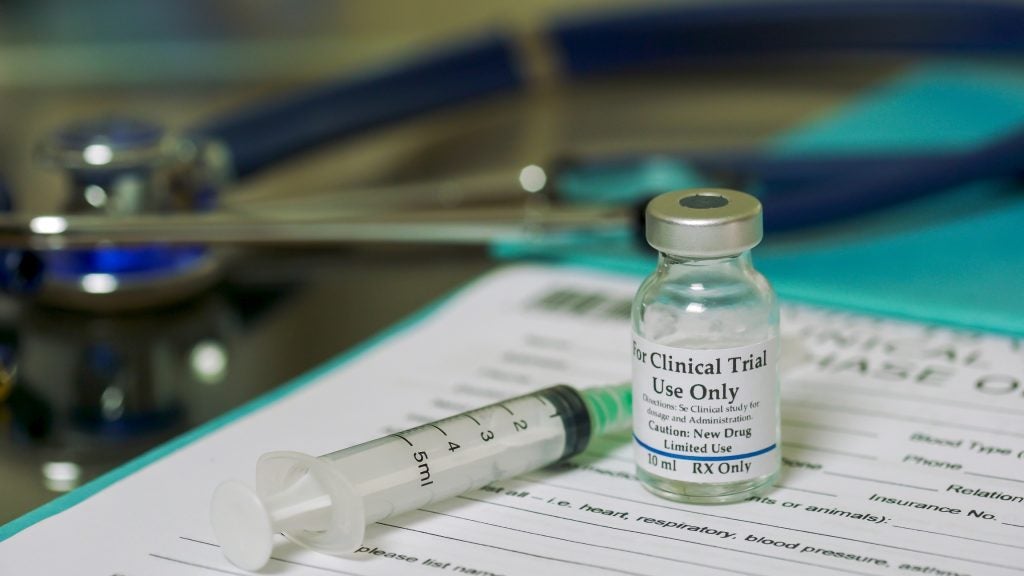Full results of EMPEROR-Preserved, the first and only successful clinical trial in heart failure with preserved ejection fraction (HFpEF), were presented at the European Society of Cardiology (ESC) Congress and published in the New England Journal of Medicine on August 27. The trial results confirm that Eli Lilly and Boehringer Ingelheim’s sodium-glucose cotransporter 2 (SGLT-2) inhibitor Jardiance (empagliflozin) reduced the risk of a composite of cardiovascular death or hospitalisation for heart failure in both diabetic and non-diabetic patients with HFpEF compared to placebo. The results of this landmark trial are likely to prompt a change in clinical practice for HFpEF, a condition that is notoriously challenging to treat, with Jardiance becoming established as the preferred therapeutic option.
The double-blind, Phase III trial enrolled 5,988 symptomatic HFpEF patients (left ventricular ejection fraction over 40%), both with and without type 2 diabetes (T2D), across 23 countries. Participants were randomised in a 1:1 ratio to receive either 10mg Jardiance or placebo once daily, in addition to standard of care therapies. Over a median follow-up of 26.2 months, 13.8% of Jardiance-treated patients and 17.1% of placebo-treated patients experienced a primary outcome event, equating to a hazard ratio of 0.79 (P<0.001). This effect was observed across subgroups, including patients with and without T2D, as well as patients with a left ventricular ejection fraction of less than 50%, 50% to less than 60% or 60% or more. The observed safety profile was generally consistent with the known safety profile of Jardiance.
Historically, no drug has demonstrated a clear clinical benefit in an HFpEF trial. The limited therapeutic options available to these patients represent a strong unmet need within heart failure, according to key opinion leaders (KOLs) interviewed by GlobalData. Recent high-profile trial failures in HFpEF include the PARAGON-HF trial for Novartis’ Entresto (sacubitril/valsartan), which narrowly missed statistical significance for its composite primary endpoint of reducing cardiovascular death and total heart failure hospitalisations. Despite this, Entresto was approved for the treatment of HFpEF in February 2021 in the US, indicating the low bar for new drug approvals in this field.
Due to the superior results obtained from EMPEROR-Preserved, Jardiance, which is already marketed for the treatment of heart failure with reduced ejection fraction (HFrEF) and T2D, is almost certain to achieve a label expansion for HFpEF. Boehringer Ingelheim and Eli Lilly will be keen to expedite this, with the companies planning regulatory submissions for this year. While Jardiance has a clear competitive advantage over Entresto in the HFpEF space, Boehringer Ingelheim and Eli Lilly will have to address the potential threat posed by AstraZeneca’s SGLT-2 inhibitor Farxiga (dapagliflozin). DELIVER, a Phase III trial investigating Farxiga in HFpEF is currently ongoing and is expected to complete in Q1 2022. Boehringer Ingelheim and Eli Lilly still have a window of opportunity to market Jardiance as the only therapeutic clinically proven to improve cardiovascular disease outcomes for all heart failure patients regardless of ejection fraction status.











Related Company Profiles
Eli Lilly and Co